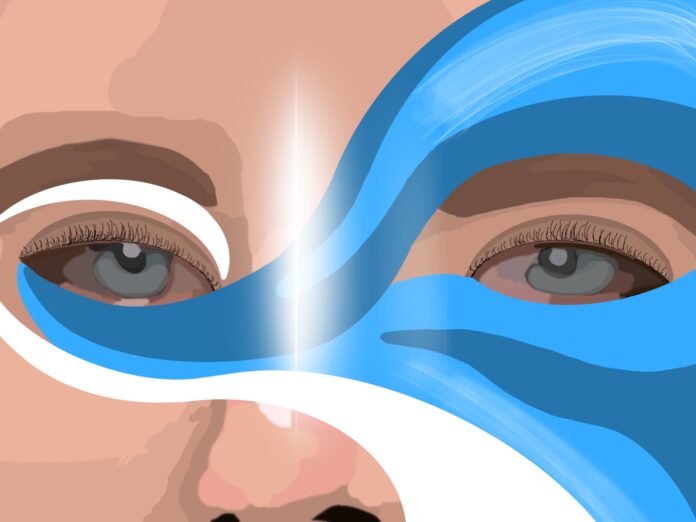A new touchless technology, developed by engineering researchers at the University of Waterloo, has the potential to detect signs of major blinding diseases in retinal blood and tissue earlier than ever before.
According to an article from Waterloo News, Numerous eye diseases such as diabetic retinopathy, glaucoma and age-related macular degeneration have undetectable symptoms in their early stages, and are only detectable by doctors once irreversible damage to blood vessels in the retina has been done.
However, through this groundbreaking new laser-imaging technology, researchers believe that early detection is possible, preventing vision loss and permanent damage.
“We’re optimistic that our technology, by providing functional details of the eye such as oxygen saturation and oxygen metabolism, may be able to play a critical role in early diagnosis and management of these blinding diseases,” said Parsin Haji Reza, director of the PhotoMedicine Labs at Waterloo and co-founder of the start-up illumiSonics.
The article also mentioned that the foundation of the new laser-imaging technology is known as photoacoustic remote sensing (PARS), which enables contactless imaging of human tissue through the use of multicoloured lenses, permitting both patient comfort and accurate results.
In the past, PARS technology has been used by researchers to microscopically analyse breast, gastroenterological and skin tissues, as well as provide surgeons with real-time imaging to remove brain tumours.
“PARS may move us beyond the current gold standard in ophthalmological imaging,” said Dr. Richard Weinstein, an ophthalmologist and co-founder of the Ocular Health Centre. “For the first time, not just in ophthalmology but in the entire medical field, diagnosis and treatment of disease could be made prior to structural change and functional loss.”
Swept source optical coherence tomography (SS-OCT) was also used alongside PARS in imaging the eye and providing high quality 3D images.
Reza also mentioned that researchers and ophthalmologists are working together to begin clinical trials within two years. The corresponding paper written on this new technology can be found in the journal Scientific Reports.
































